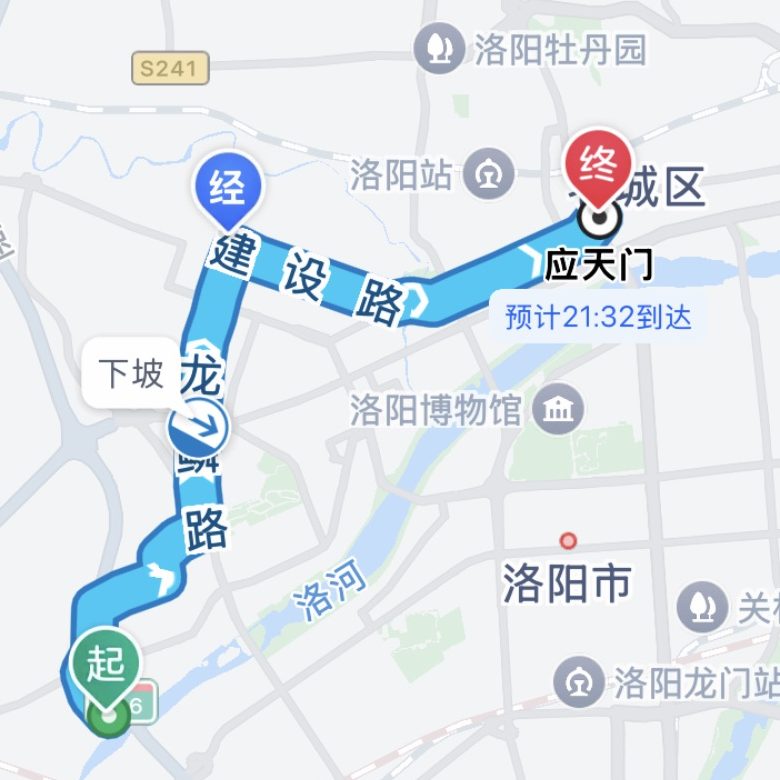Stage 13 Luoyang:From AE Changxing to YTO Group and Yingtian Gate
Jen Chen | 24. April 2025
In the morning, we visited Changxing (Luoyang) Mechanical & Electrical Equipment Engineering Co., Ltd. As a smart factory of the Automotive Engineering Corporation (AE) in Henan Province, AE Changxing specializes in the niche field of automotive manufacturing equipment. Its independently developed intelligent warehousing and logistics systems have been widely adopted in industries such as new energy vehicles and aerospace.
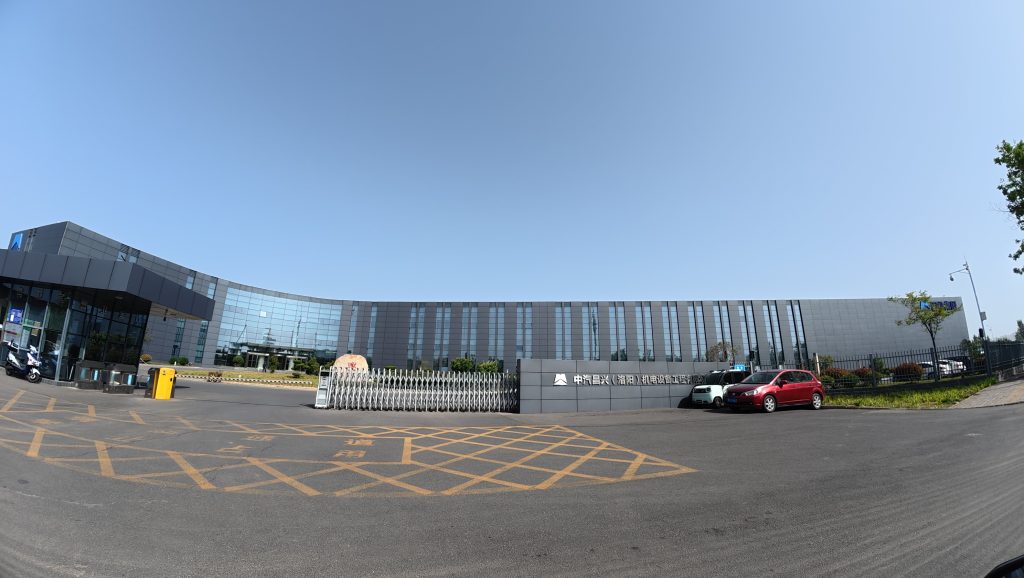
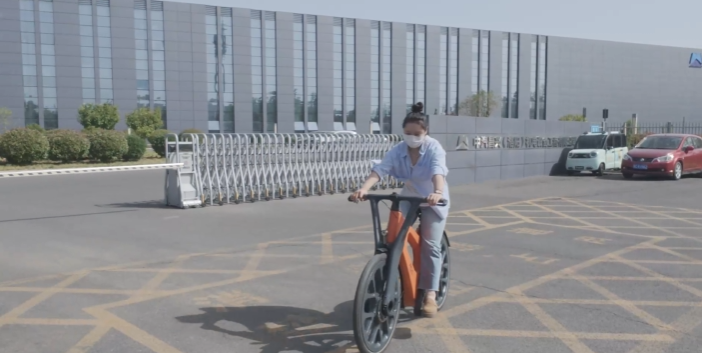
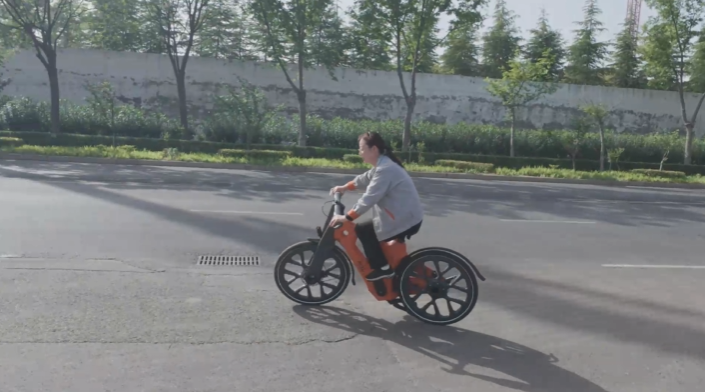
Later, we arrived at YTO Group Corporation, which is a leading enterprise in China’s agricultural machinery sector. Through continuous technological innovation and industrial upgrading, YTO Group has served over 70% of the country’s arable land, contributing significantly to national food security and the revitalization of rural areas.
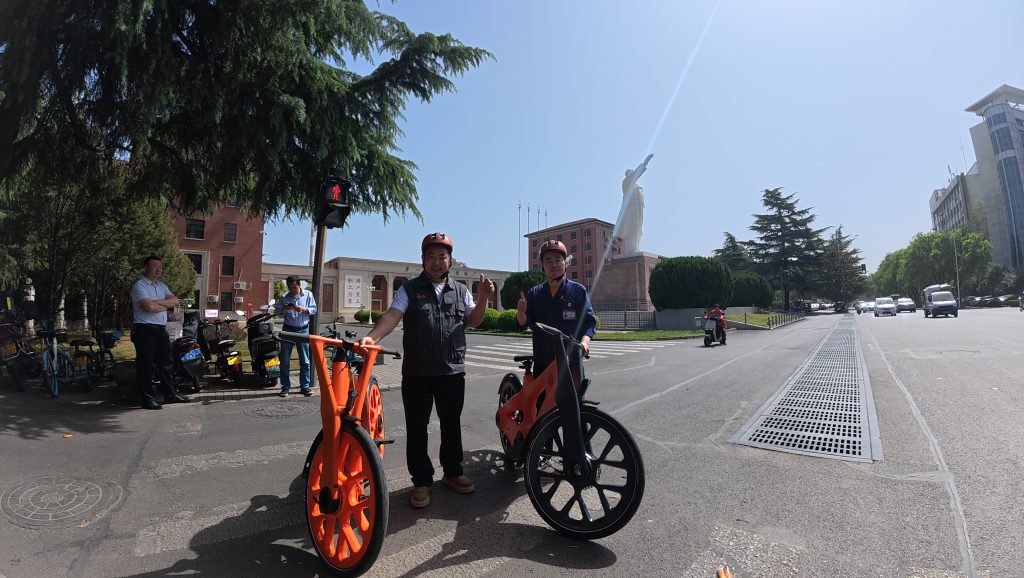
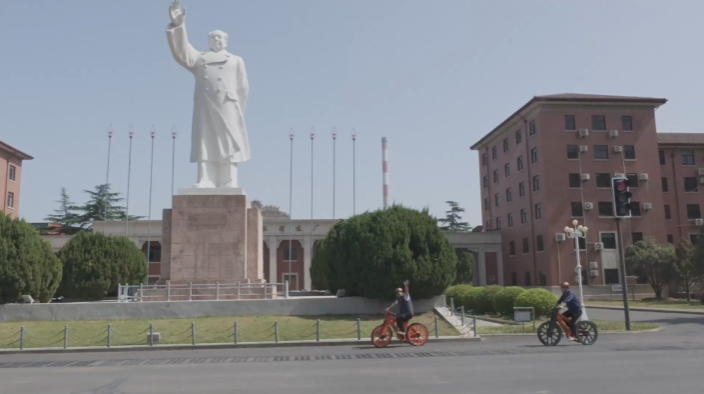
Customers expressed great appreciation for igus’ plastic recycling philosophy and the eco-friendly igus:bike, praising its innovative and distinctive design. With this support and recognition, we continued our ride toward the historic Yingtian Gate.
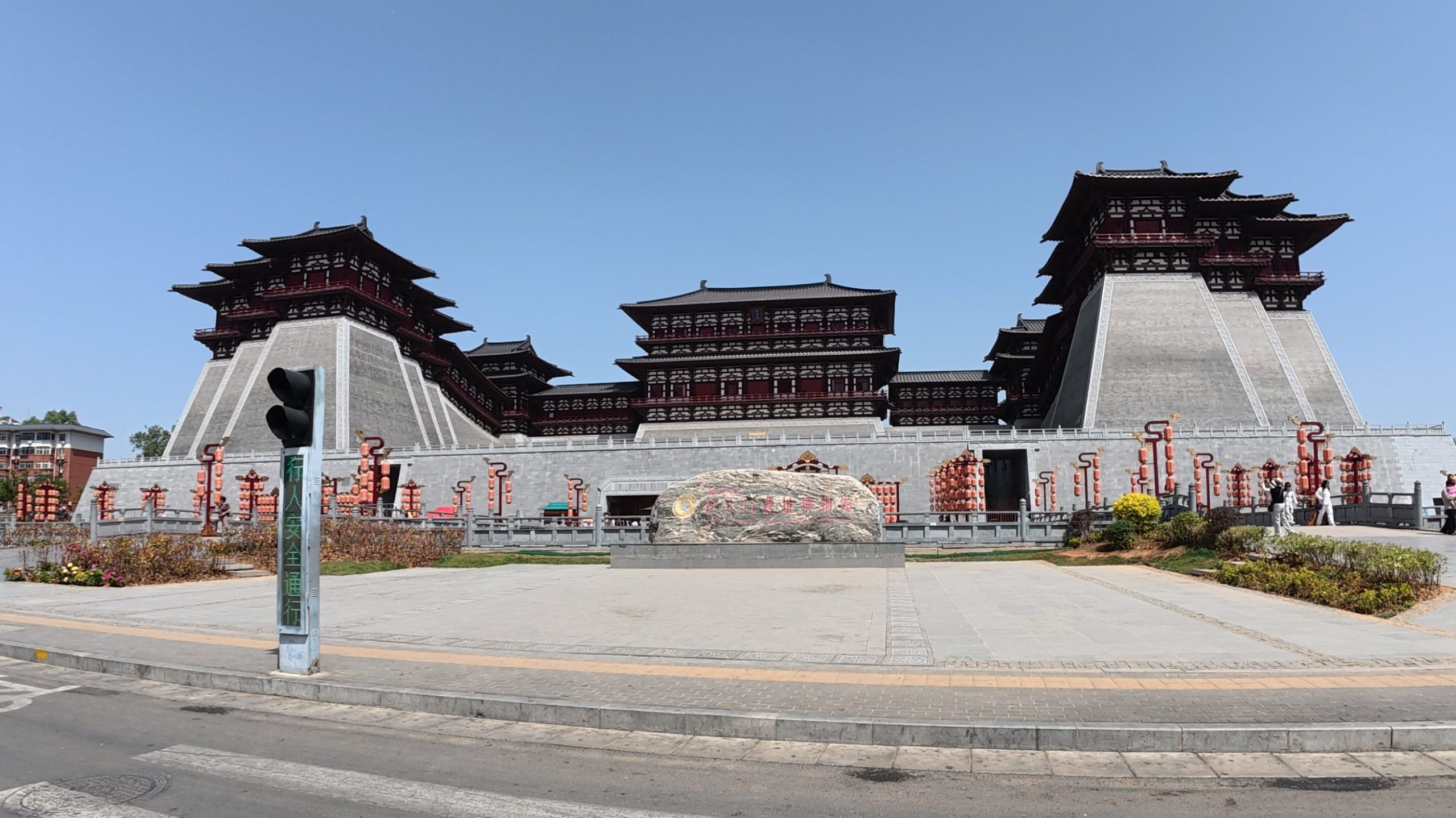
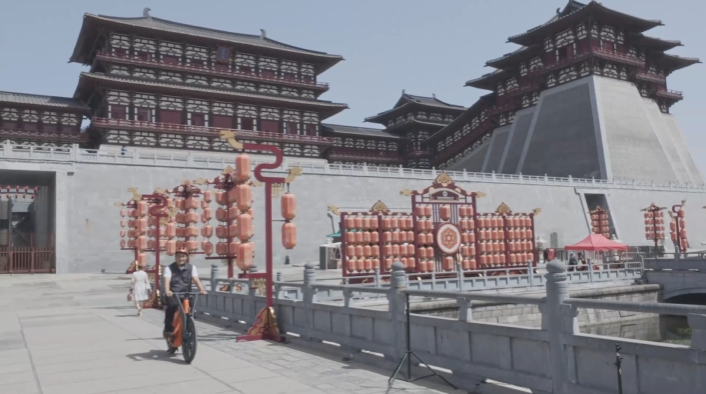
Yingtian Gate was originally constructed in the first year of the Daye era during the Sui Dynasty (605 AD). The current site underwent protective restoration in 2019, faithfully recreating the official architectural style of the Tang Dynasty. Today, it stands as a prominent landmark in Luoyang. Its nighttime 3D projection light shows and major cultural events (such as serving as a branch venue for the CCTV Mid-Autumn Festival Gala) have revived the grandeur of its imperial past.
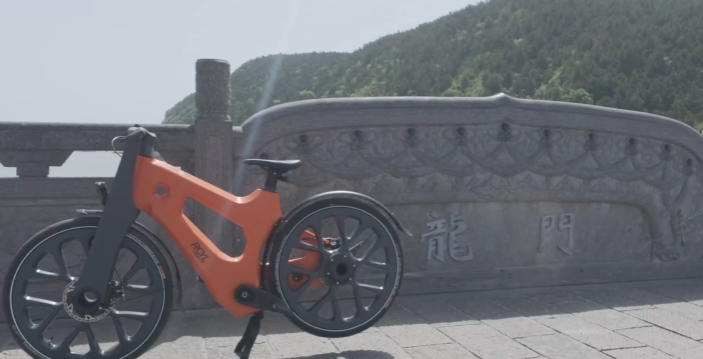

After visiting Yingtian Gate, we came to the Longmen Grottoes and Baima Temple. The Longmen Grottoes were inscribed as a UNESCO World Cultural Heritage Site in 2000. Their conservation efforts are considered exemplary: chemical grouting and rock bolt reinforcement techniques were used to restore the Fengxian Temple, while advanced technologies such as microwave moisture sensors and 3D scanning were employed to address water seepage and unstable rock formations. Today, a digitalization project has made it possible to “virtually reunite” dispersed artifacts, with AR technology bringing the original colors of the sculptures back to life. Baima Temple was first built in the 11th year of the Yongping era during the Eastern Han Dynasty (68 AD). It is recognized as the first official Buddhist temple established in China following the introduction of Buddhism to the country. It is revered as the “Cradle of Chinese Buddhism” and the “Ancestral Court” of Buddhist tradition in China. This year, the peonies in Baima Temple’s Peony Garden are in full and glorious bloom.
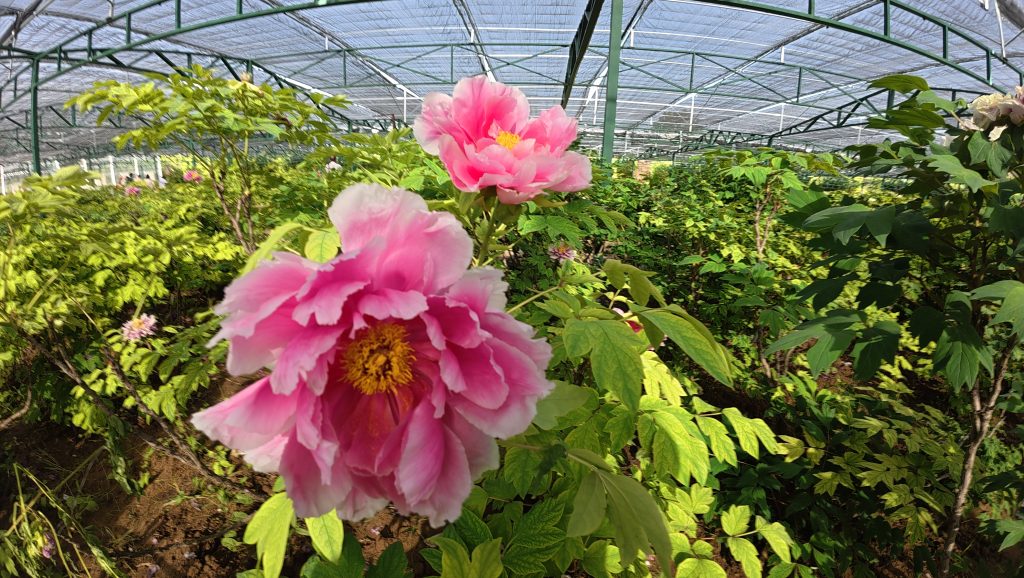
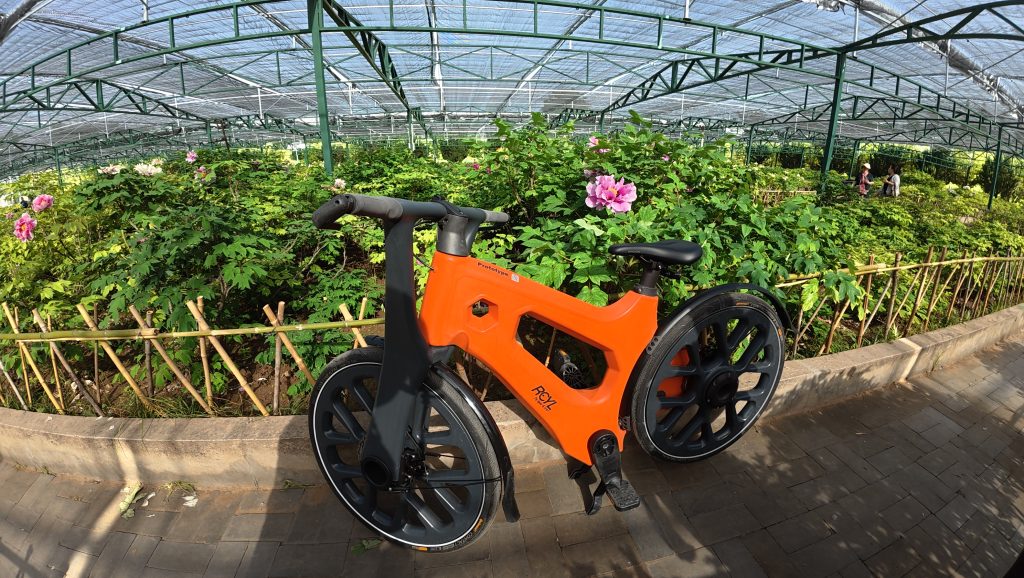
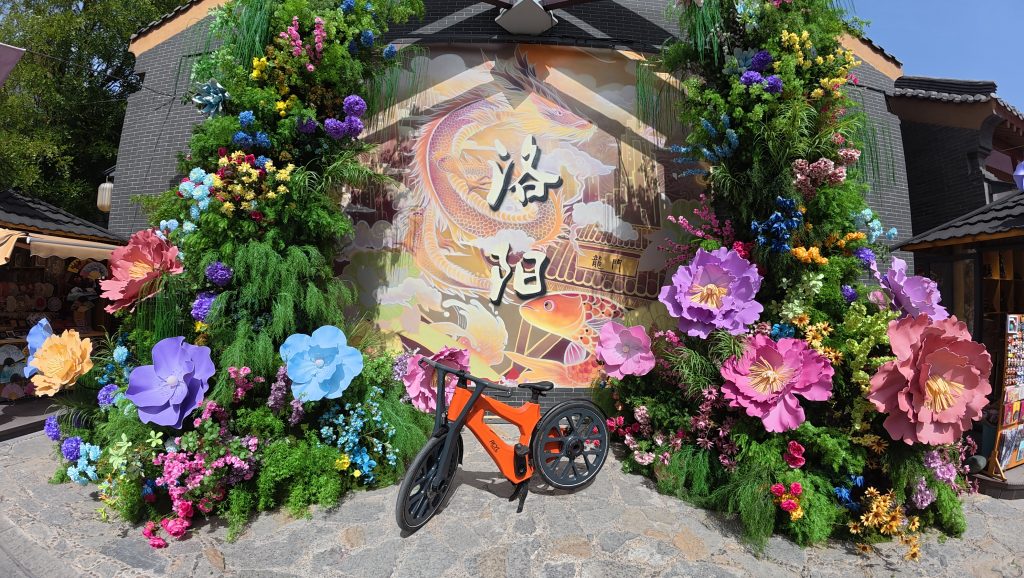
Yingtian Gate bears witness to the political landscape of the Sui and Tang empires, the Longmen Grottoes reflect the indigenization of Buddhist art, while the Baima Temple marks the starting point of cultural exchange between China and the wider world. From architectural styles to religious art, these landmarks trace the trajectory of ancient China’s capital cities, religious evolution, and scientific advancement.
Our rider: Mountain Zhang
I’m thrilled to be part of the igusbike Global Tour. I truly resonate with igus’ commitment to sustainability, and it’s inspiring to see such a meaningful initiative in action. This global initiative is incredibly meaningful, and I truly hope we can all do our part for the environment. Wishing igus motion plastics continued success and brilliance.
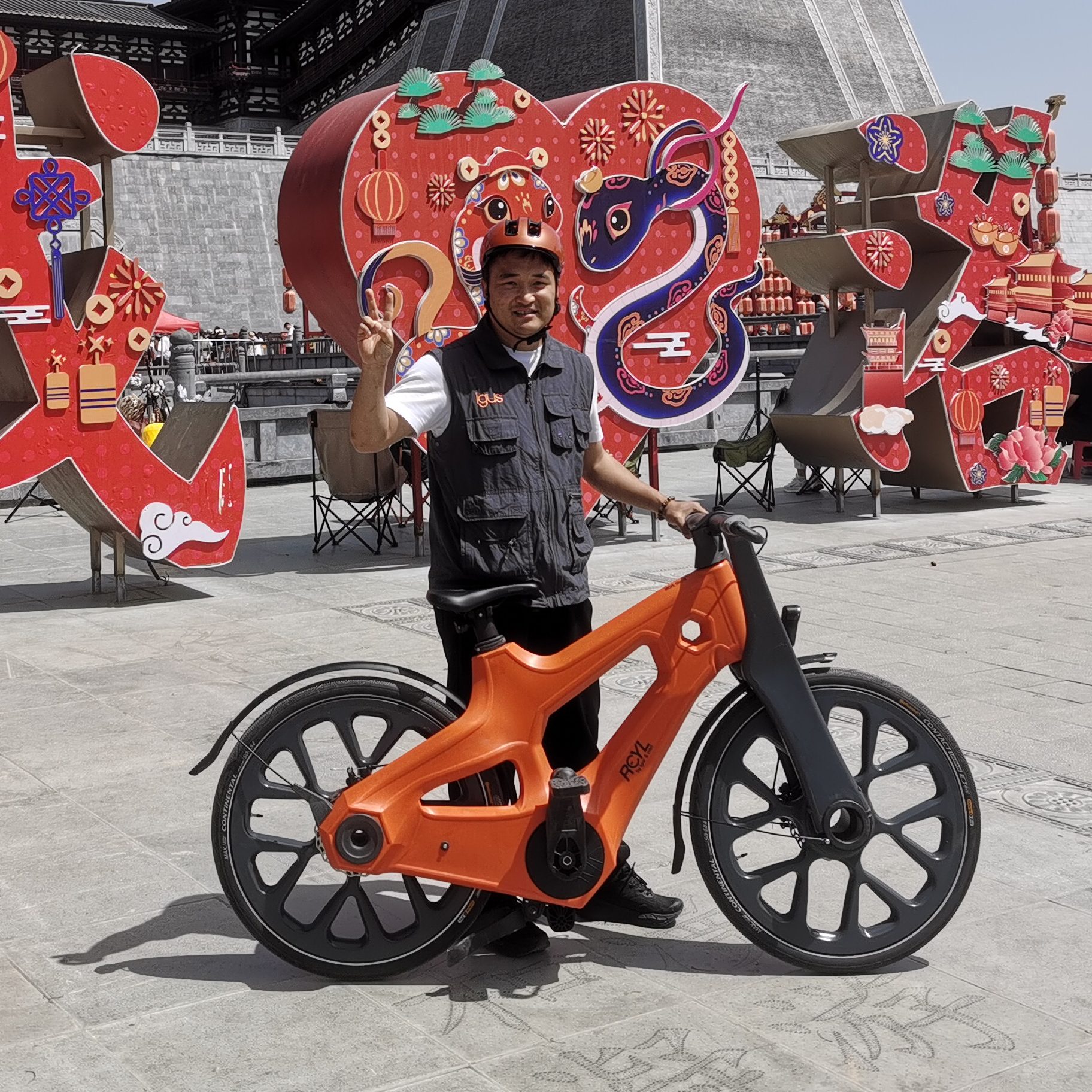
Map of the tour
